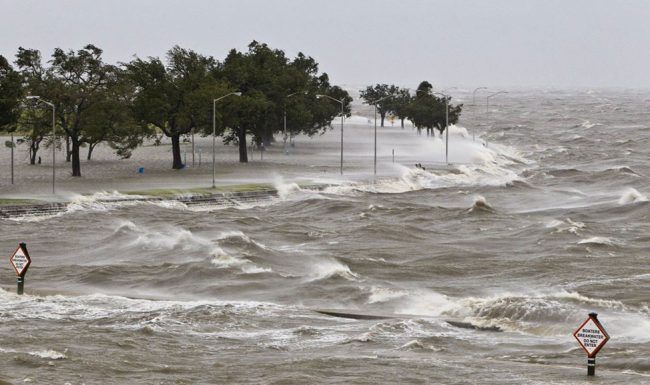Blog
Media Contact
Email: media@floodpanel.com

Storm Costs Rise with Development Along Vulnerable Coasts
The National Oceanic and Atmospheric Administration recently reported that last year’s storms, mudslides, wildfires and other natural disasters cost $306 billion in total damages, making 2017 the most expensive year on record.
Scientists continue to debate the role of climate change in the frequency and severity of these catastrophic events. However, “one key factor that is also known to be worsening damage is that there is more valuable infrastructure, such as homes and businesses, in harm’s way…” (https://www.washingtonpost.com/news/energy-environment/wp/2018/01/08/hurricanes-wildfires-made-2017-the-most-costly-u-s-disaster-year-on-record/?utm_term=.0fb11f2871ed)
Coastlines Remain Attractive to Developers
Despite the known risks, coastal communities most vulnerable to a major storm remain attractive to developers and their clients eager to live and work in those areas. Many consider current flood maps to be highly inaccurate. As a result, FEMA has allowed engineers to adjust elevations using fill, levees and drainage, paving the way for new development – in some cases just two inches higher than the floodplain. In the last five years, FEMA has allowed 150,000 map changes. (https://www.nytimes.com/2017/12/02/us/houston-flood-zone-hurricane-harvey.html)
The Woodlands in Texas is one of those communities. Revisions to local flood maps approved by FEMA allowed development in an area previously considered swampland. Because these structures were built above the floodplain, most homeowners were not required to hold flood insurance. FEMA statistics indicate that nearly 100 percent of homes near Spring Creek, which flows through The Woodlands, were flooded during the historic flooding caused by Hurricane Harvey. Check out our blog for a closer look at how human development made Houston storm flooding the worst in history.
Managing Flood Risks Before a Storm
Commercial businesses in flood prone coastal communities should take steps to minimize and manage the risks of flooding before disaster strikes. This can be done in two ways:
- Physically through mitigation measures such as flood barriers, flood panels and flood doors
- Financially through insurance
First, businesses must determine the risk of flooding and the potential losses associated with a major flood event. What is the probability of a flood? What costs will not be offset by insurance? What will it cost to rebuild if necessary?
Then National Flood Insurance Program, flood plain maps, as well as federal and local building codes and ordinances provide a lot of valuable information that can inform business owners about flood risk in their specific community. They should consider the likelihood of a flood event, from frequent, nuisance flooding to major, catastrophic events like hurricanes. Planning should also factor in events like a 500-year flood, which may seem highly unlikely, but could happen.
For more information, read our blog for specific steps contractors and business owners can take to minimize flood risk.

